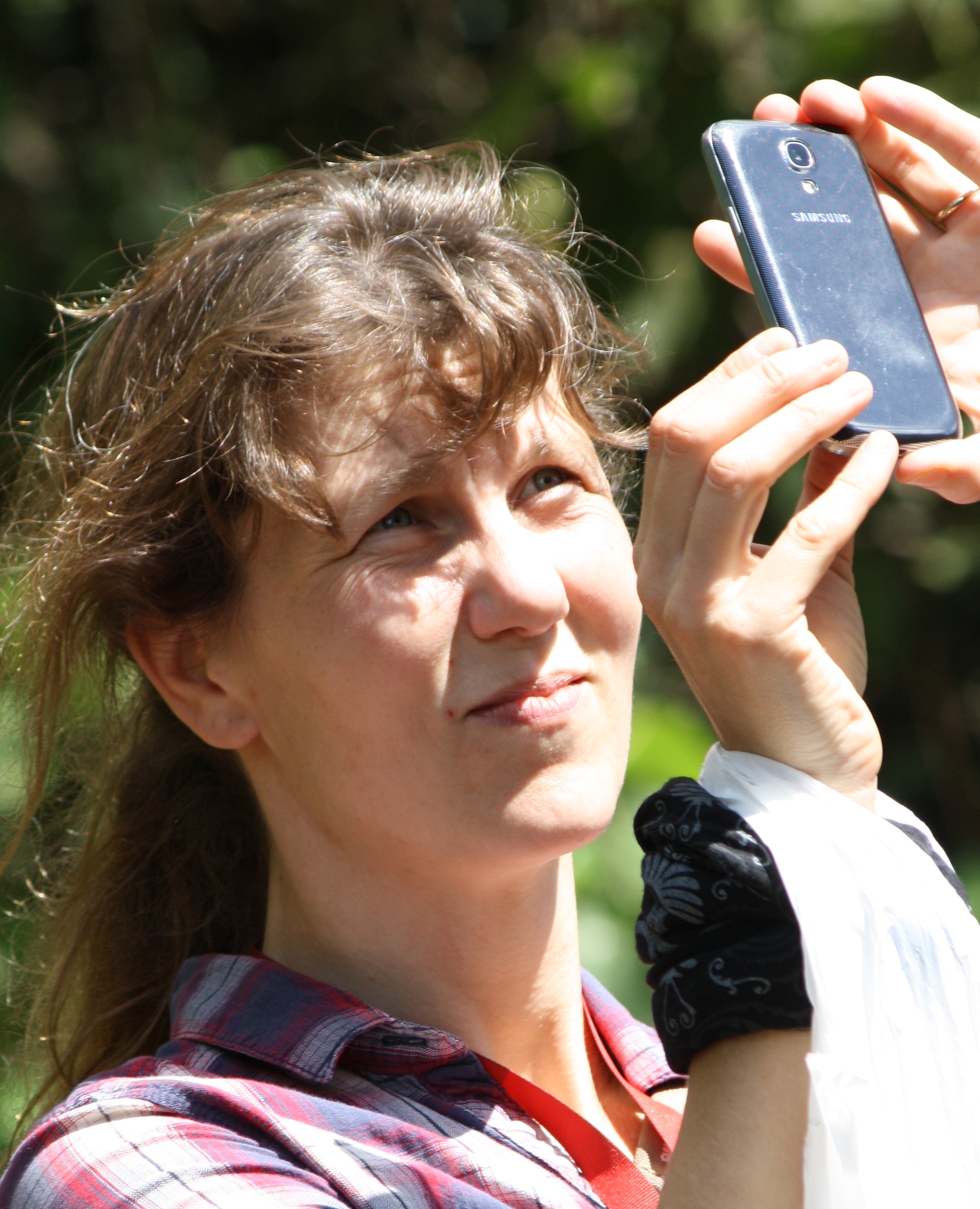
Date: Mon Aug 1, 2016
Time: 4:20 PM - 6:00 PM
Moderator: David Mulla
For in-season site-specific nitrogen (N) management of rice to be successful, it is crucially important to diagnose rice N status efficiently across large area in a timely fashion. Satellite remote sensing provides a promising technology for crop growth monitoring and precision management over large areas. The FORMOSAT-2 satellite remote sensing imageries with 4 wavebands have been used to estimate rice N status. The objective of this study was to evaluate the potential of using high spatial resolution satellites with red-edge band (RapidEye and WorldView-2) to improve monitoring rice N status in Northeast China. N rate experiments were conducted from 2008 thru 2009 and 2011 at Jiansanjiang, Heilongjiang Province of Northeast China. Field samples and hyperspectral data were collected at thepanicle initiation (PI), stem elongation (SE), and heading (HE)stages.Handheld hyperspectral data measured at canopy scale were used to simulate the wavebands of three satellite sensors-FORMOSAT-2, RapidEye, and WorldView-2. A linear regression analysis using the simulated satellite single band as the variable was applied to assess the potentials of the three satellite sensors for N nutritional status diagnosis. In addition, vegetation indices (VIs) were computed based on the simulated satellite wavebands. The results indicated the NIR1 band was most important for estimating all the N status indicators. According to the R2 values, the regression models based on the simulated WorldView-2 wavebands had the highest performance for biomass, plant N uptake (PNU), and nitrogen nutrition index (NNI) estimations, followed by the ones based on the RapidEyewavebands, at each of the three stages. The red-edge band improved biomass, PNU, and NNI estimations at all three stages, especially at the early PI and SE stages. Biomass and PNU were best estimated using data across the stages while NNI and plant nitrogen concentration (PNC) were best estimated at the HE stage. For VI analysis, 30-40% biomass variability was explained using the Chlorophyll Index (CI) at thePI and SE stages. Likewise, 39-52% PNU variability was explained using the CI based on the FORMOSAT-2wavebands. The best VIs based on RapidEye and WorldView-2 wavebands explained 53-64% biomass variability, and 62-65% PNU variability.For the NNI estimation, the N planar domain index (NPDI) based on WorldView-2 wavebands and MERIS terrestrial chlorophyll index (MTCI) based on RapidEyewavebands explained 14-26% more variability.


Nitrogen fertilizer is a crucial input for corn production, and in the U.S. more nitrogen is applied to corn than to all other crops combined. In wet weather, nitrogen can be lost from soil by leaching and by denitrification. Which process predominates depends largely on soil drainage. Nitrogen deficiency in nearly any plant is expressed by a lighter green color of leaves than in nitrogen-sufficient plants. Nitrogen deficiency in corn can be easily seen from the air. Fields with yield maps, aerial photos, and appreciable N deficiency were used to develop a calibration between color and yield loss. Separately, fields with aerial photos and N rate trials were used to develop a calibration between color and optimal N rate. A new company, NVision Ag, has been formed to use these relationships to help farmers decide whether they need to apply rescue N to corn in wet years, and to provide them with variable-rate N fertilizer control files to put more N where more N was lost.

Low altitude remote sensing provides an ideal platform for monitoring time sensitive nitrogen status in crops. Research is needed however to understand the interaction between crop growth stage, spatial resolution and spectral indices derived from low altitude remote sensing. A TetraCam camera equipped with six bands including the red edge and near infrared (NIR) was used to investigate corn nitrogen dynamics. Remote sensing data were collected during the 2013 and 2014 growing seasons at four different sites in Waseca and Wabasha counties in Minnesota. At each of the four sites, experimental plots received different rates of nitrogen varying between 0 and 200 kg/ha and imagery was collected during corn growth stages V6, V10 and R6 at six cm spatial resolution. Ancillary data collected included SPAD readings, leaf N, biomass, and yield. Preliminary results show that, among the spectral bands and indices compared, combining the green and NIR bands into a green difference vegetation index (GDVI) had the highest correlation with nitrogen application rates, SPAD reading and yield. The GDVI index was used to compute a nitrogen sufficiency index (NSI). The correlation between nitrogen application rates and GDVI was higher (r=0.80) at early growth stages (V6) than later in the season. On the other hand, the correlation between yield and GDVI was highest at the end of the growing season (r = 0.75). High resolution remote sensing can accurately detect nitrogen deficiency early in the season, leading to timely correction.

The objectives of this research were to (i) assess the correlation between active and passive crop canopy sensors’ vegetation indices at different corn growth stages and (ii) assess sidedress variable rate nitrogen (N) recommendation accuracy of active and passive sensors compared to the agronomic optimum N rate (AONR). The experiment was conducted near Central City, Nebraska on a Novina sandy loam planted to corn on 15 April 2015. The experiment was a randomized complete-block design with four blocks. Treatment structure was one-way with a control plus four N rates (0, 65, 96, 129 and 161 kg N ha-1). The N source for all treatments was urea-ammonium nitrate solution, which was broadcast pre-emergence on 22 April. Crop reflectance data was acquired using two different sensors: RapidScan (handheld, active) and Tetracam (UAS-mounted, passive). RapidScan was utilized to measure crop reflectance at growth stages V9, V13, VT and R4, and Tetracam at V13, VT and R4. For both sensors, NDVI and NDRE were calculated. The treatment receiving the highest N rate (161 kg ha-1) was considered as the N-sufficient reference in order to calculate a sufficiency index, then used as an input in the algorithm for sidedress N rate determination. Passive and active sensor NDRE values were weakly correlated at different crop stages. This was likely the result of the difference in the red-edge band center between the sensors. Nonetheless, NDVI values from passive and active sensors were strongly correlated at crop stages V9 and V13. Using different VIs from either sensor did not produce a sidedress N rate that accurately resembled AONR at any crop stage. However, the AONR value observed for this field may have been biased due to high nitrate leaching conditions, which compromised grain yield response to N fertilizer. Nonetheless, sidedress N rate recommendation derived from both sensors were correlated when NDVI was used at V13. This indicates that both active and UAS-mounted passive sensors have the potential to derive sidedress N rate recommendation in corn at the V13 growth stage. However, caution must be taken to ensure that (i) the correct bands are selected and (ii) the reference area is actually N-sufficient.
CropSAT is a free-to-use web application for satellite-based production of variable-rate application (VRA) files of e.g. nitrogen (N) and fungicides currently available in Sweden and Denmark. Even in areas frequently covered by clouds, vegetation index maps from data derived from low-cost or freely available optical satellites can be used in practice as a cost-efficient tool in time-critical applications such as optimized nitrogen use. During the very cloudy year 2015, or more useable images were generated for 2/3 of all arable land in Sweden in the period end of April to the first part of June. By using the relative variation within fields, often images upto a few weeks old can be used as input for the VRA maps, reducing the need for entirely recently acquired images. CropSAT is an interactive decision support system in which the user decides upon the level of input in different index classes. The relationship between satellite data and data from ground-based sensors suggest that simple vegetation index maps can be calibrated by sensors on the ground to produce maps of N uptake. Thousands of users have tested CropSAT which has the potential to be developed further.

